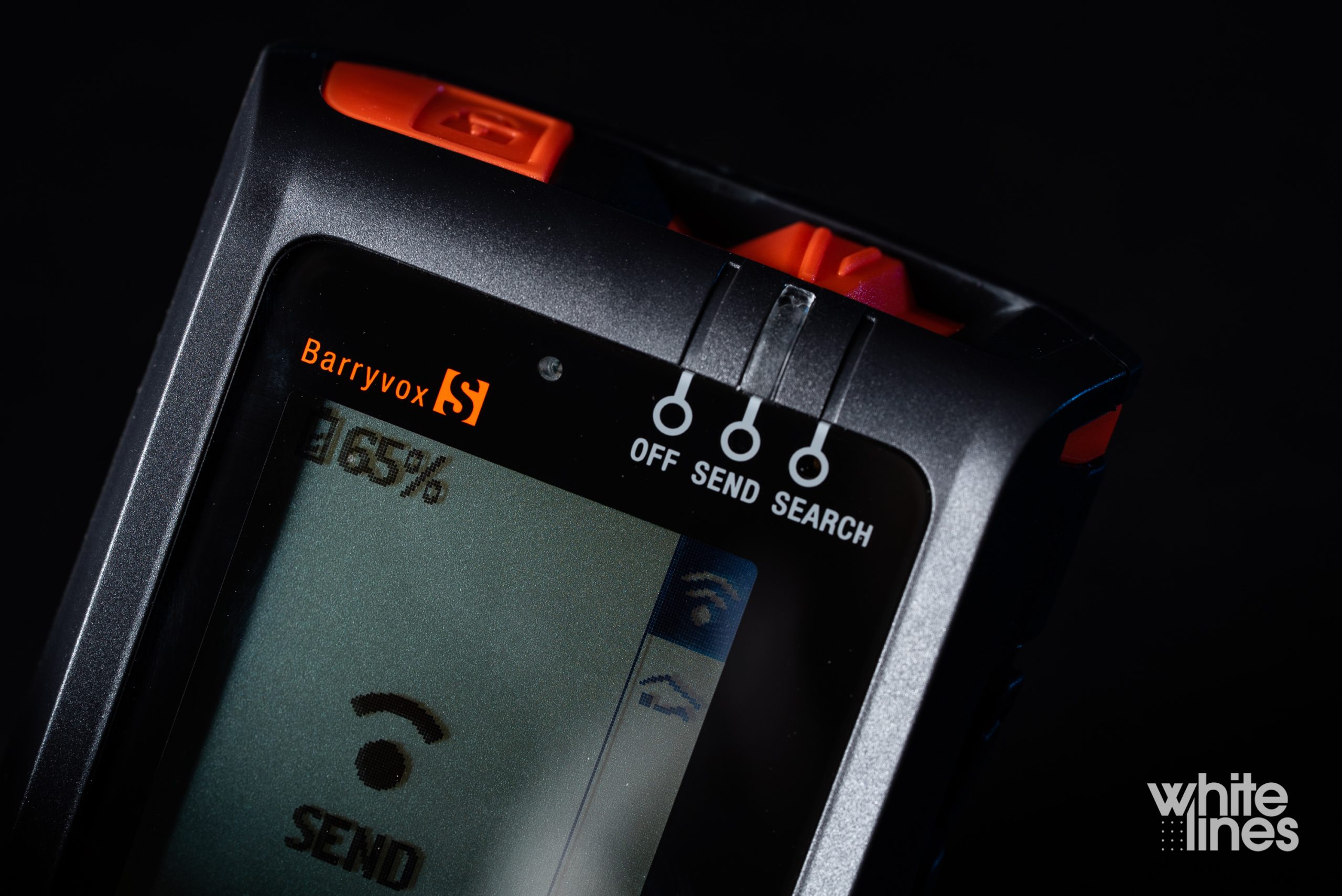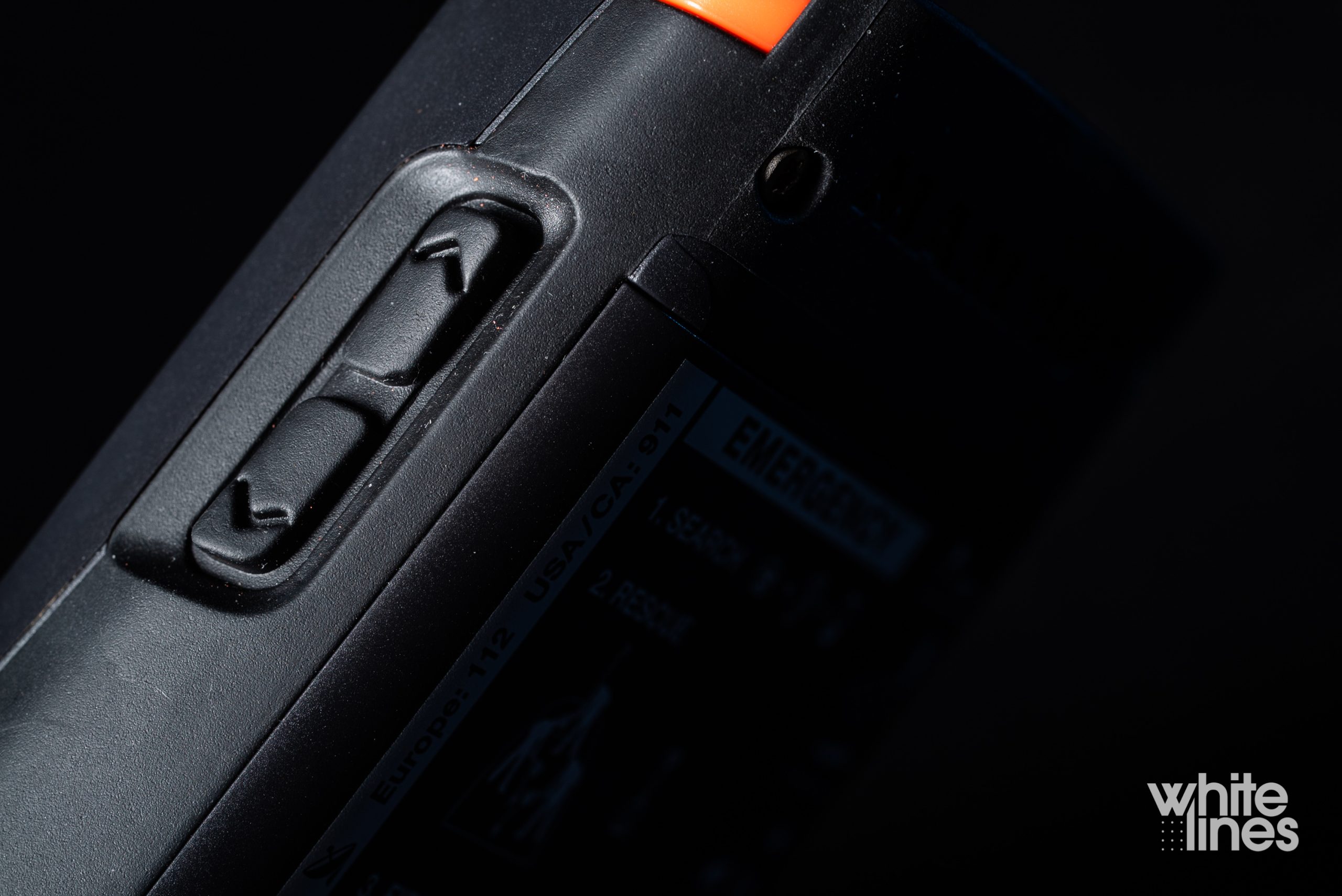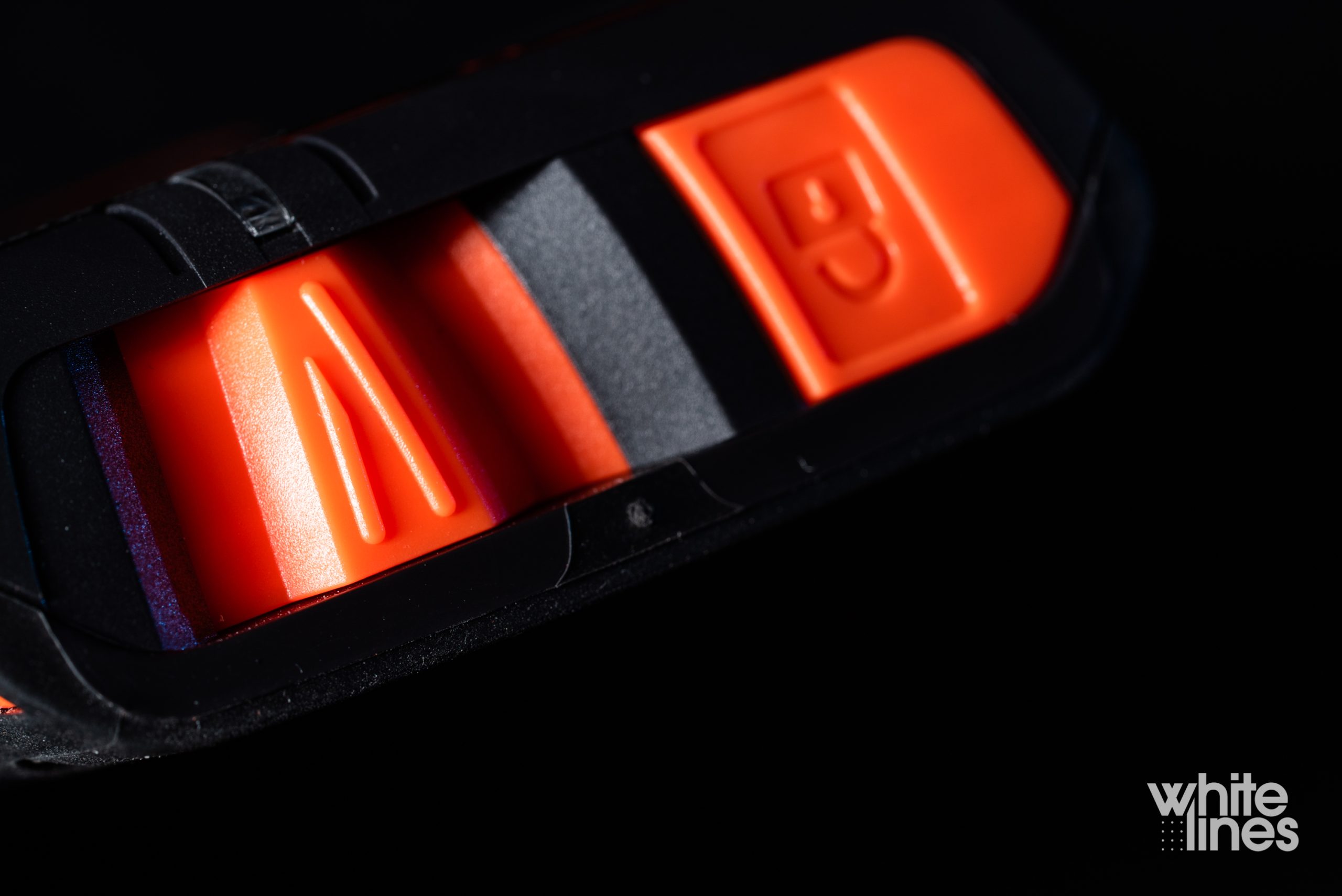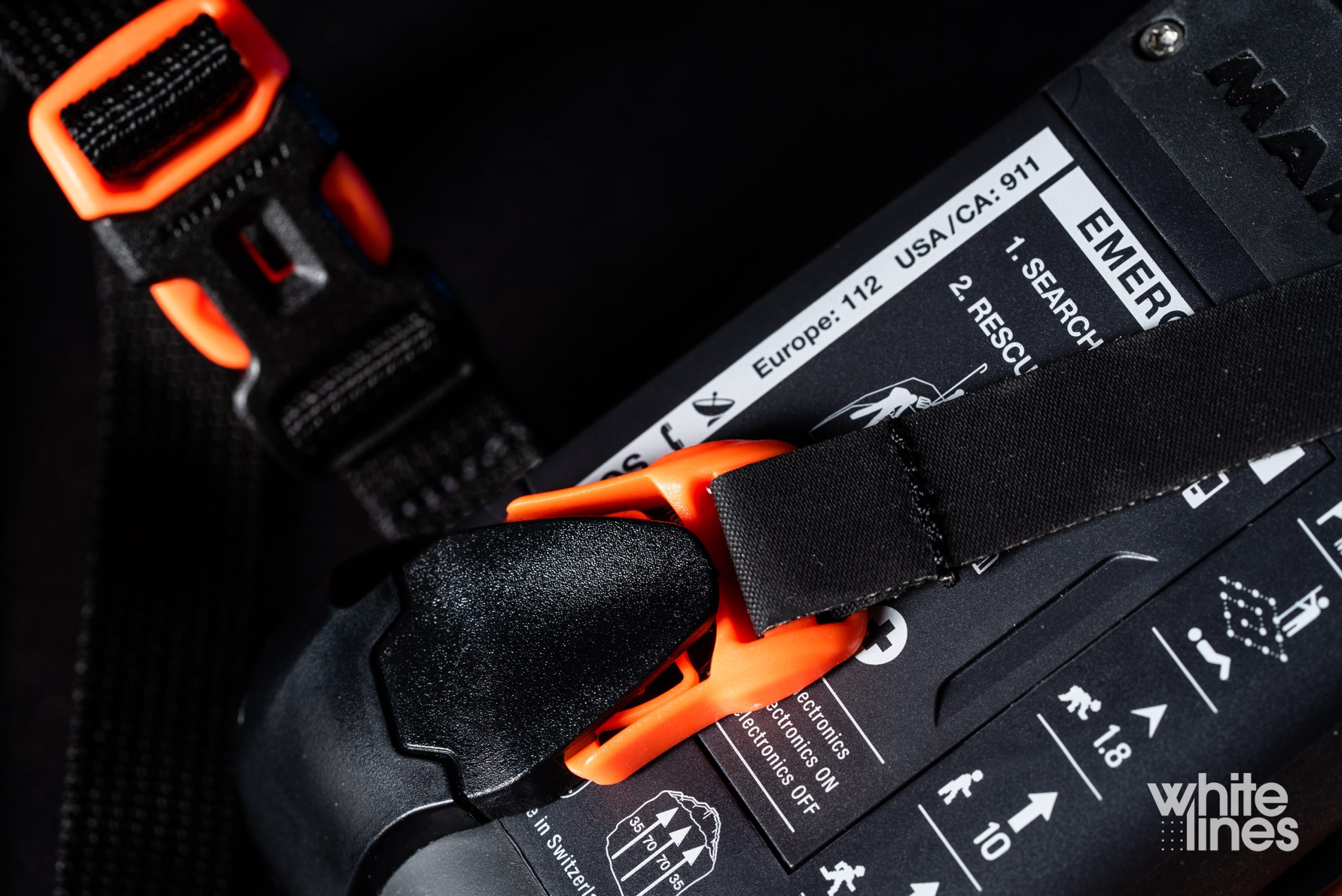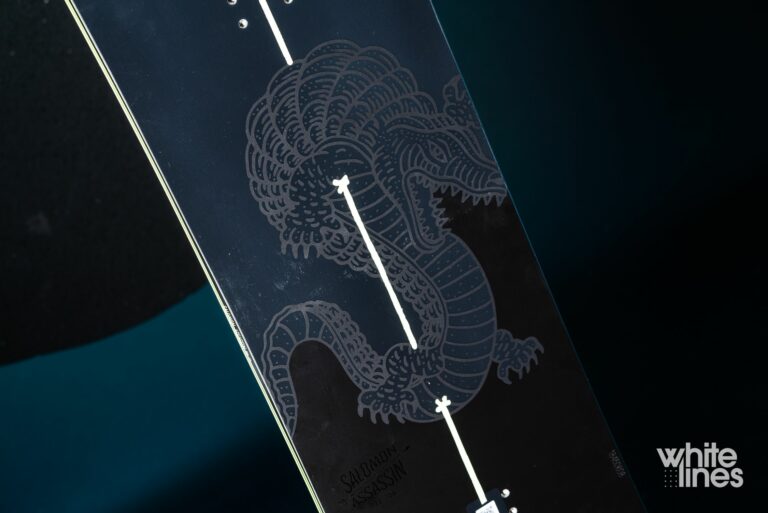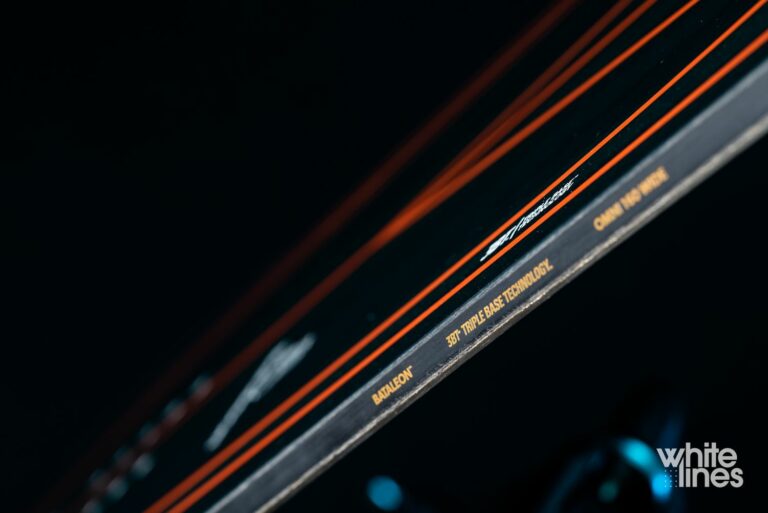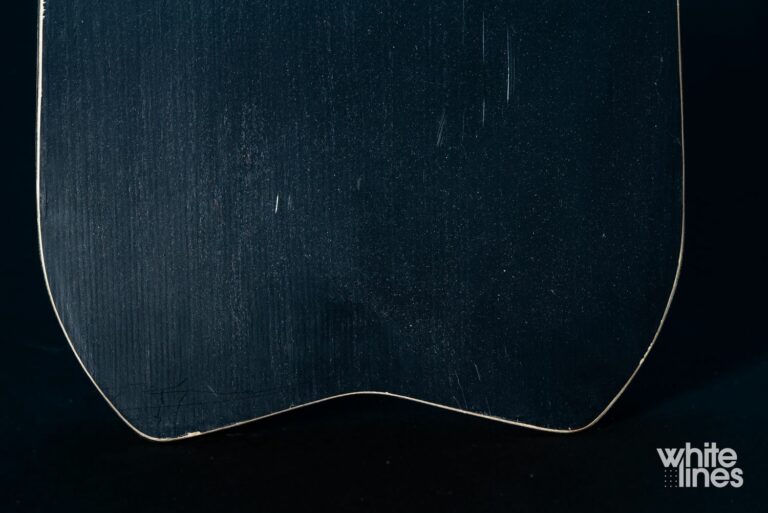- PRICE: £349
- BUY ONLINE
Why we chose the Mammut Barryvox S Avalanche Transceiver: One of the best search companions, regardless of experience level.
The best transceiver will always be the one you know how to use, but for those looking to upgrade or change systems, the Mammut Barryvox S makes an ideal search companion. Although a popular beacon of choice for more experienced guides and ski patrollers, the Barryvox S offers intuitive functionality and features that will also benefit more novice backcountry enthusiasts.
This is an upgrade from Mammut’s old reliable Pulse transceiver, (while the Element has now become the standard Barryvox) and boasts some pretty impressive tech. For starters, it has one of the largest search strips in the industry – up to 70 metres. Though this is somewhat of a red herring. However, while it won’t often give accurate readings at the limit of its range, it could still make all the difference when searching large avalanche sites.
“It has one of the largest search strips in the industry – up to 70 metres”
[monetizer101 search=’Mammut Barryvox S’]
Secondly, the interface and display is now far more intuitive than its predecessor and eliminates any unnecessary confusion to let you focus on the search. The screen is larger and brighter, where the arrow and distance are more clearly displayed than earlier editions. If you’re walking in the wrong direction, it will alert you and tell you to turn 180° – hardly revolutionary, but still surprisingly rare on most transceivers.
There’s only a single button on the front panel, used for flagging up victims in a multiple search scenario and the side panel switch for changing between transmit and search mode is nearly impossible to accidentally switch over.
For those with more backcountry experience there’s a host of unique specific features.
For other members in your party using the Barryvox, they’re able to transmit the user’s heart rate, which will pop up during a search and rescue. It’s a somewhat morbid feature to discuss, and one that poses a few moral dilemmas, but could make that crucial difference when searching for multiple casualties.


